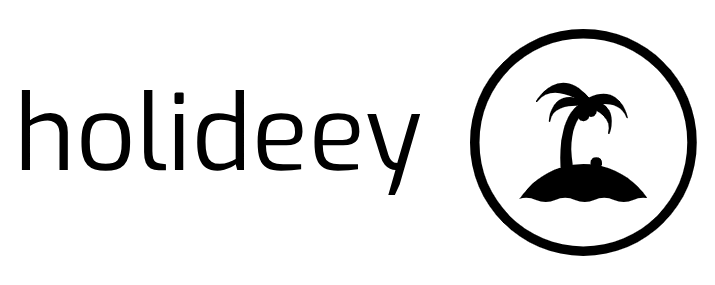
Many aspects of mold design can be overlooked if you need to know what to look for. Understanding the basics of molding tool design will help you avoid costly rework later in manufacturing. Plastic injection is a standard process for making parts. It is also a cheap and reliable form of manufacture.
Material Selection
The suitable material selection can make or break the final product when designing a molding tool. When making this choice, it is essential to consider the part finish, production volumes, part material, cycle time, and mold details, such as the molding resin, gate style, print tolerances, and finish requirements. For example, aluminum is a popular material used in injection molding because it is less expensive than steel and can be machined faster. This makes it a good option for prototypes and short runs. During the tool design process, Natech engineers evaluate the materials used, the part geometry and complexity, and future planning for the project to help clients select the best mold for their application. Class 103 and 102 molds are commonly used for medium-to-high-volume projects that require a solid, stable part design.
Draft
The draft angle is the distance between two points in a mold. It is the critical design aspect of any injection molded part because it affects the look, form, and ease of manufacturing. It also impacts how the part is released from the mold and helps to prevent friction between the plastic and the mold walls during ejection. Friction causes scratches that degrade the appearance of the molded part and can shorten the tool’s life. Depending on the material, the thickness of the wall or feature, and its texture, more or less a draft is required. A shallow single straight rib might be fine with a draft of three degrees, while a high cylindrical wall would require more draft. Every molded part has unique draft needs, so designers should consider these when developing them. Using sufficient draft ensures the details release quickly on ejection. It also allows for more room to create cooling channels that reduce cycle time.
Parting Lines
Parting lines are where one mold half (A-side) meets another (B-side). This is an essential concept for designing a molding tool. The parting line varies with the geometry of a plastic product, but typically it runs perpendicular to the opening direction of the mold used to make the part. Once the machinist opens the mold, the moving half of the plastic product separates from the fixed half (which is stationary). This explains why some parts have vertical parting lines while others have stepped ones. Generally, the vertical parting line is considered more appropriate for some designs because it allows for easy ejection of the molded product from the mold. However, some designs are better off with angled parting surfaces because they help avoid undercuts on straight surfaces. These undercuts can cause the molded part to stick to the mold and cannot be removed. A clever redesign can eliminate undercuts.
Ejector Pins
Ejector pins, also known as knockout pins or KO pins, are long steel pins that forcefully push a molded part out of the mold. They are used in many applications, including automotive, aeromotive, and plastic molding.
The size and placement of ejector pins can be crucial for part release. Some resins are “stickier” than others and may require more or wider pins to spread the removal force. Softer resins, on the other hand, could be more susceptible to marring or puncturing the cooled part. This could fail to eject the part from the mold, so choosing a quality pin that works well with the application is essential. It’s also important to consider the size and shape of a part when designing the ejection system in a molding tool. The ejector pins should be positioned on a flat surface and perpendicular to the direction they’re pushing.

